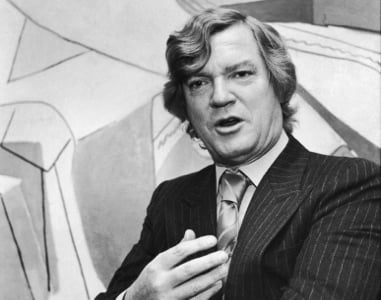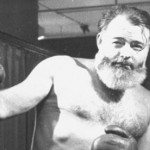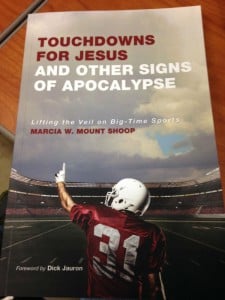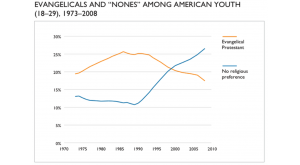The art critic has an impossible but necessary task. I was reminded of this earlier this week after learning of the death of Robert Hughes, one of the most successful critics of our generation. The art critic’s task is impossible because he or she must use one medium of expression (words) to communicate the significance of another medium of expression (paint). Moreover, a painting by its very nature fights against words, defies words, undermines the capacity of words to make sense of it.
Yet the art critic’s task is necessary. It is necessary because a painting is more complex than we assume. Every day we are bombarded with images that are produced to catch our distracted attention for only the briefest of moments. But because a painting, which, unlike a poem or a piece of music, makes itself present to us all at once, we want to treat it like all the other images we see around us on television, internet, and on billboards. But the art critic exists to remind us that a painting, like a poem and a piece of music, unfolds over time, that it cannot be treated like other imagery; that it demands our full intellectual and imaginative effort. A painting is much, much more than what hits our retina. And so the art critic’s necessary task is to make us stop in front of it, to look more closely, think and imagine more actively. The art critic’s responsibility is to remind us that painting operates in a world in which the slightest visual distinction carries monumental importance. The impossibility of this task is the tension of the critic’s use of words to create space that allows a painting to breathe without words. The critic’s words are disposable, like Wittgenstein’s ladder. They are useful only as means to get us to a place where words are not necessary.
But this is an impossible task. And so the art critic is in constant jeopardy of overstepping his or her bounds, using words to limit rather than expand the work of art’s expressive scope, reducing it to a visual illustration of some theory or idea; or drowning the work in discourse. The Abstract Expressionist painter Willem de Kooning once said that a critic came by his studio for two minutes and then wrote a review that took him all day to read.
And so most art critics refuse to acknowledge the impossibility and necessity of their task. Robert Hughes, however, was one of those rare critics who understood exactly what was at stake. Although I had read his work, it wasn’t until I saw him in action that I truly began to appreciate his vision.
I was standing outside the Museum of Modern Art in New York in 1998 with about three other people the day before a monumental Jackson Pollock exhibition was to open. A colleague at Christies had given me access to a private VIP walkthrough of the exhibition with about half a dozen other people. As I was waiting for the guards to open the door, Robert Hughes, with a copy of The New York Times tucked under his arm and a cup of coffee in the other stopped at the front door as well. He was meeting someone. And that someone was Salman Rushdie, whose public presence at that time was extremely rare, since he had been the subject of a fatwa by the Ayatollah Khomeini in the late 80s for his controversial novel, Satanic Verses.
I followed them throughout the exhibition as Hughes talked to Rushdie about Pollock’s background, his influences, and how he understood the role of painting. As he walked the curious writer through his artistic development, he answered Rushdie’s often puzzled questions along the way, I realized that this tour is the essence of Hughes’s art criticism and the goal of all art criticism. He takes the reader on a tour, a tour of the artist’s work, but also a tour of his thinking about the work. We read Hughes or any other art critic, not only to gain an understanding of art, but to gain an understanding of the critic, what he or she is thinking about, engaging or struggling with. Hughes had been wrestling with Pollock’s paintings for decades and he was allowing Rushdie into that relationship, giving him a sense of that pressure, that tension, and experience, allowing Pollock’s work to get Rushdie in a choke hold, and then showing how him how to respond in order to transform a fight into a graceful dance.
As they shook hands and parted ways, I realized that Hughes had converted Rushdie. He had transformed confusion into understanding. He had shown Rushdie the grace of Pollock’s elegant paintings hewn from his tragic and painful life.













